While the calendar may have just turned to the month of June, fundraisers are starting to prepare for their end of year campaigns.
Now, the question is, how do you plan the structure of this campaign? What are the elements that need to be in place before you even develop your calendar of strategies? I say that you need a plan or a framework for your Annual Fund. 
So, what does that framework look like and what does it consider?
The most important thing is knowing your audience and how they best respond to your strategies.
Here is how I recommend that you create your Annual Fund framework:
1 – Determine your monetary goal. This goal is often tied to a direct budget line item, but sometimes not. The most realistic way of developing that goal is by analyzing your prospective and current donor base to determine expected capacity given where donors are at in your fundraising lifecycle. Rarely should a development goal be based on budget gap needs alone.
2 – Once you have determined your monetary goal, it is time to develop a corresponding gift chart. While you can develop a gift chart on your own, there are several accessible tools online that can help you calculate an estimated gift chart. Once you have this gift chart, use it as a tool to develop your corresponding strategies. For instance, how will you obtain the needed “major” gifts? Perhaps a series of segmented, in-person solicitations needs to be added to your Annual Fund plan, or maybe you have applied for a large grant?
3 – From here, you need to define your key metrics. Will you be seeking new donors? How many? Will you be aggressively seeking to retain your donors? What are you projecting your retention rate to be? The most important indicators of the health of a development program include donor acquisition, donor retention rates, and upgrading of gifts.
4 – Then, determine your donor audiences. Perhaps you have a metric centering on donor acquisition, so you may want to develop or appeal to your prospective donors. You may have a 100% giving expectation for your Board of Directors. Maybe you have some major donors that warrant in-person solicitations or mid-level donors who you are seeking to upgrade to higher giving levels. Determining who your audience is will also help dictate your corresponding strategy. If you have been tracking this type of information, it may be helpful to further break down donors by identifying, perhaps, programmatic interest areas.
5 – While not necessary, it may be important for your particular organization to develop a theme for the appeal. Perhaps you have new leadership that will provide a central organization theme or a new scholarship fund.
6 – Who will be your donor audience? This selection will be directly tied to the metrics that you outlined above. You may want to consider non-donors and prospects, major donors, your staff and Board, current donors, lapsed donors, etc. You also want to consider the intended outcome for each audience (i.e., non-donors make their first gift, current donors renew and upgrade their gift, etc.).
7 – Once you have determined your ideal donor audiences, you then want to decide which particular strategies would be appropriate to reach those audiences. For instance, if you have a segment of major donors giving at the $1,000 or more level, then you will definitely want to tailor their strategies so that they are more personal in nature (i.e., one-on-one visits or telephone calls). If you have a pool of mid-level donors, you may want to send a direct mail appeal with telephone or email follow-up. Surely, consider how you will follow up with each segment and when. And, how and when does your entire campaign unfold? Is it in the early fall, late fall, or holiday season, and for how long does it extend? Create a proposed timeline that spans the expected time frame of the campaign.
8 – Once you have developed your framework, it is time to chart this out into a framework document. Present it to your executive leadership, and even your Development Committee, for approval and buy-in. For a sample, framework annual appeal document, email me!
Far too often, organizations wait until fall is upon them before deciding to chart out the framework of their upcoming Annual Fund. By that time, it may be too late to develop an effective strategy. Ensure that you allow enough time in advance to chart out your Annual Fund structural elements. Create a framework that you can present to “the powers that be” to seek buy-in and support of the concepts, strategies, and timelines. In fund development, nothing should be left to chance including your all-important annual campaign.


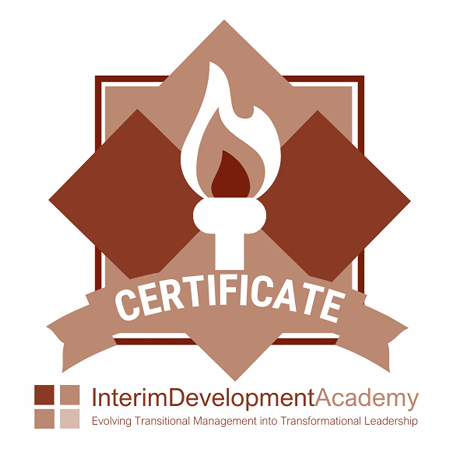

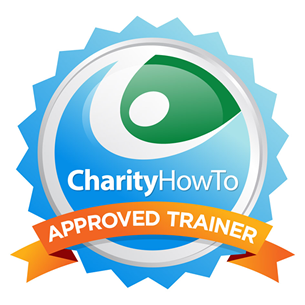
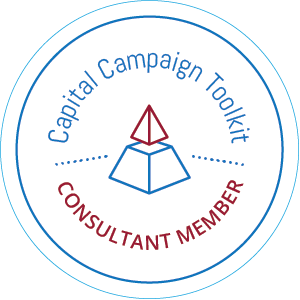
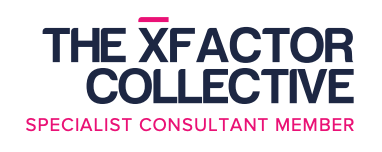
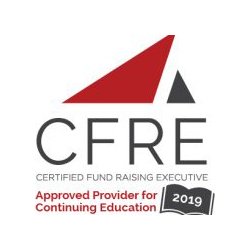


Leave a Reply
Want to join the discussion?Feel free to contribute!